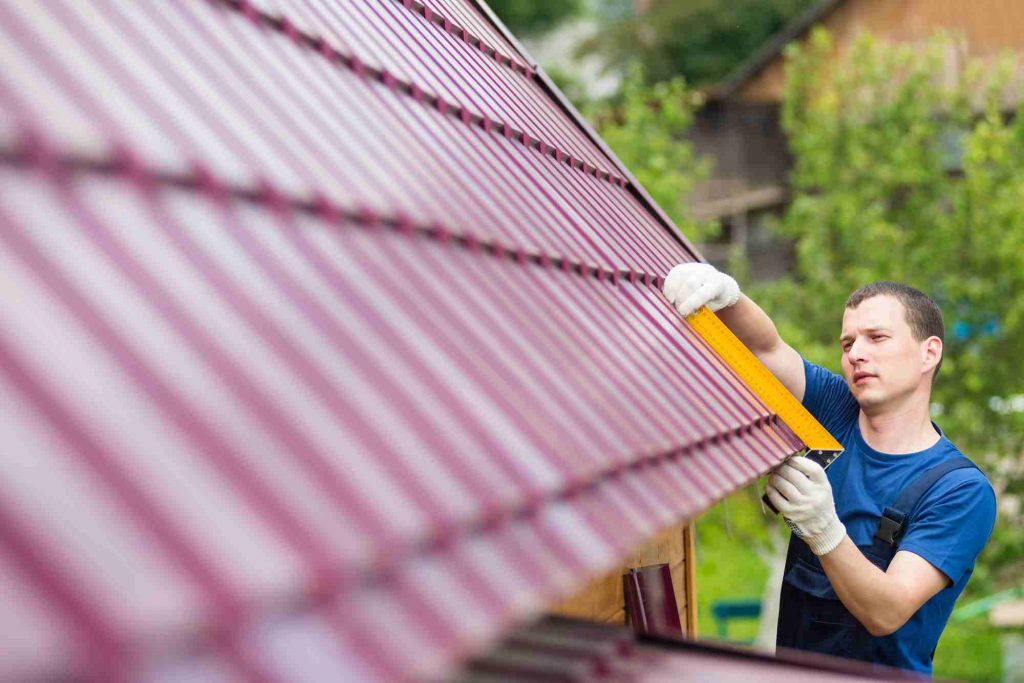


In the world of roofing, a unit of measurement called a ‘roofing square’ is commonly used. But what is a roofing square? Why is it important?
A roofing square is a unit of measurement that is used to measure the area of a roof. How big is a roofing square? It is equal to 100 square feet, or 9.3 square meters. This unit of measurement is often used in estimating the amount of material needed for a roofing job, as it allows for quick and easy calculation. If you go with one of the best roofers in Daytona Beach, they will almost certainly use this system.
Roofing squares can be used in a variety of ways, from estimating materials needed to planning out the design of a roof. They are also important when it comes to measuring for the correct size and type of shingles, as well as creating an accurate estimate of the cost to complete a project.
By understanding roofing squares and how they work, it becomes easier to create accurate estimates and plans and get the job done right the first time. Knowing what a roofing square is and how it works can be an invaluable skill for any roofer or contractor.
How long has the term been used in the industry? The term “roofing square” has been used in the roofing industry for many years. It dates back to around the late 19th century and is still used today.
As we’ve seen, roofing contractors use roofing squares to estimate the amount of material needed for a job. By multiplying the number of roofing squares by the cost of materials, they can accurately determine the amount of money needed to complete the project.
Once they have calculated the total cost, roofing contractors use this information to create their estimates. Of course, it’s not all about materials. Labor costs, overhead costs, and other fees can all factor into the estimate as well.
How much do roofers charge for labor? The cost of labor for roofers varies greatly depending on the type and size of the job. Generally speaking, however, most roofing contractors charge an average of between $1.50 and $3.00 per square foot for labor costs.
Whether you are a roofer or a homeowner, understanding the basics of what a roofing square is and how it works can be an invaluable asset. Knowing these details will help you accurately create estimates and plans for roofing jobs, ensuring that you get the job done right the first time.
In 2023, the most popular roofing materials are asphalt shingles, metal roofing, and clay tiles. Asphalt shingles are still one of the most popular as they are cost-effective and easy to install. Metal roofing is also popular due to its durability and energy efficiency. Clay tiles are gaining in popularity due to their classic look and appearance.
No matter what roofing material you choose, make sure that it is high-quality and suitable for the job. Good roofing materials will last longer and require less maintenance, saving you money in the long run.
With all this in mind, you now know all about roofing squares and how they are used in the roofing industry. What is a roofing square in measurement? From calculating materials to creating estimates, this unit of measurement is a valuable tool for any roofer or contractor. Understanding what a roofing square is and how it works can be the key to success in any roofing job. You no longer need to wonder about how to measure roofing squares or how many square feet in a roofing square!